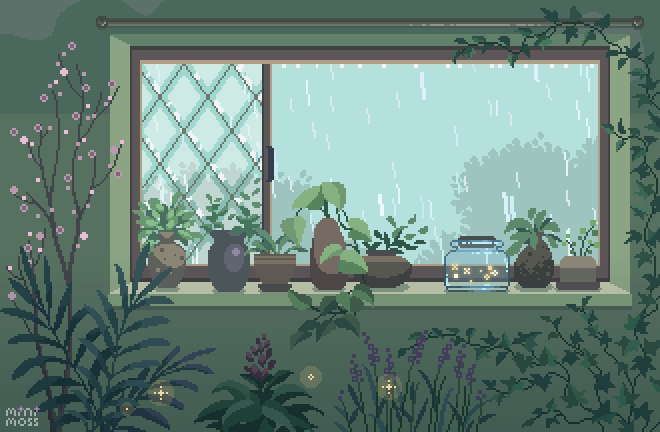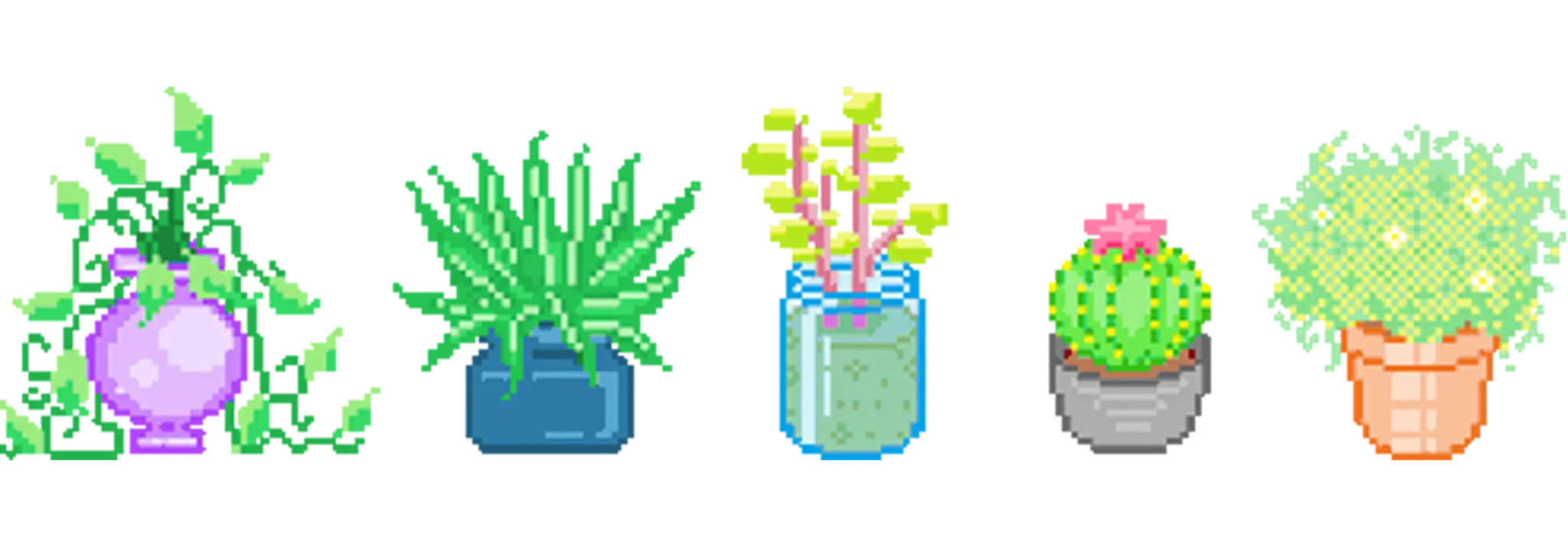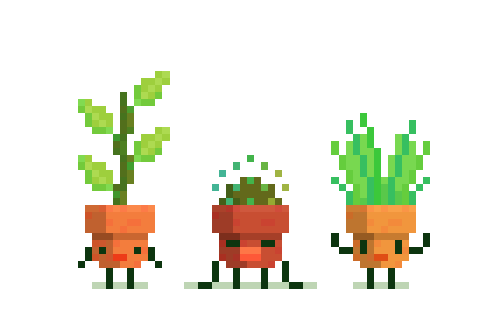this post was submitted on 04 Nov 2024
51 points (98.1% liked)
Houseplants
4610 readers
5 users here now
Welcome to /c/houseplants @ Mander.xyz!
In between life, we garden.

About
We're a warm and informative space for plant enthusiasts to connect, learn, and flourish together. Dive into discussions on care, propagation, and styling, while embracing eco-friendly practices. Join us in nurturing growth and finding serenity through the extraordinary world of houseplants.
Need an ID on your green friends? Check out: !plantid@mander.xyz
Get involved in Citizen Science: Add your photo here to help build a database of plants across the entire planet. This database is used by non-profits, academia, and the sciences to promote biodiversity, learning and rewilding.
Rules
- Don't throw mud. Be kind and remember the human.
- Keep it rooted (on topic).
- No spam.

Resources
Recommendations
Health
Identification
- PlantNet.org (see also: !plantid@mander.xyz)
- Seek from iNaturalist
Light Information
- GrowLightMeter
- PlantLightDB
- HouseplantJournal (Scroll down.)
Databases
- Catalogue of Life
- Perenual.com
- The Garden.org Plants Database
- Useful Tropical Plants (Interactive Database Version)
- WorldFloraOnline
- USA-NPN
- Tom Clothier's Garden Walk and Talk
- Plants for a Future
- USDA Datasets
- Permapeople.org
- Temperature Climate Permaculture: Plant Index
- Natural Capital Plant Database
- Colorado Plant Database
- SEINet
- North American Ethnobotany Database
- BCSS Field No. Lookup (collection site IDs for cacti and succulents)
- U Michigan Native Plant Database for Michigan by Region
FOSS Tools
- Common House Plants API
- HappyPlants (Monitoring App)
- PlantGeek (Care Info App)
Similar Communities
DM us to add yours! :)
General
Gardening
- !balconygardening@slrpnk.net
- !gardening@mander.xyz
- !nativeplantgardening@mander.xyz
- !gardening@lemmy.ml
- !gardening@midwest.social
- !permaculture@lemmy.world
- !tropical_plants@mander.xyz
Species
Regional
Science
Sister Communities
Science and Research
Biology and Life Sciences
- !anthropology@mander.xyz
- !biodiversity@mander.xyz
- !palaeoecology@mander.xyz
- !palaeontology@mander.xyz
Plants & Gardening
Physical Sciences
Humanities and Social Sciences
Memes

founded 2 years ago
MODERATORS
you are viewing a single comment's thread
view the rest of the comments
view the rest of the comments

Please do not cut off the leaf. Removing a leaf before it is completely brown inhibits it's growth. Plants relocate mobile nutrients from older/dying leaves to newer ones. Be patient and let the plant do its thing.
Browning in the middle of the variegation is usually due to a drastic change in light. This causes what is essentially a sunburn.
A few tricks from way to many decades growing them. They like direct morning or evening sunlight for 3-4 hours. Watering - completely saturated the pot then allow it to dry out (I water mine only once a month or two). Fertilizer - they do best with a fertilizer with a 3:1:2 NPK ratio. You can give them a bit extra K when they are putting out a new leaf.
Do not move the plant if possible. Rotating them is a great way to mess them up and get sunburn.
Hi, quick question about the light and fertilizer: Is that all year round? I recently got a Monstera and on the QR Code it came with, it said to not use fertiliser in Winter or Summer, only in Spring
If it's putting out new leaves it's using fertilizer to grow. It doesn't matter what time of year it is. If it's indoors, seasons don't really matter except for light levels. When to fertilize also depends on the type of fertilizer and the needs of the plant. In general it's best to use slow release fertilizer (less chance of over doing it). The best time for that is the spring but 2 doses might be needed. If using liquid, a 1/4-1/8th dose amount with every watering is better.
Monsteras are very dramatic when they run out of nitrogen. They turn a bottom leave bright yellow in a day or two. If you catch it early enough and give them some fertilizer you can save th leaf.
As for light, 3-4 hours in the spring or fall. In nature monsteras are tree climbers. In low light conditions they grow toward the darker patches hoping to find a tree trunk. Then they climb up until they get enough light then produce giant leaves and fruit.